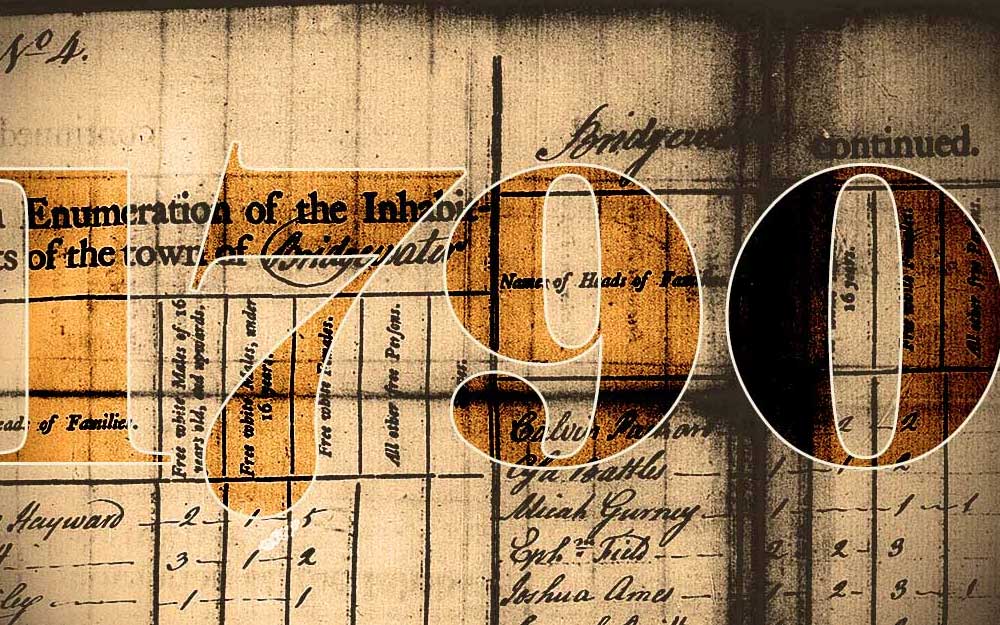From 1790 to 2020
President George Washington, Vice President John Adams, and Speaker of the House Frederick Muhlenberg signed the 1790 Census Act on March 1, 1790. The very first US Census was initiated August 2nd of the same year to record the population of the 13 original colonies comprising the United States at that time.

The law required that every household be visited and asked for six inquiries:
- The name of the head of the family and the number of persons in each household of the following descriptions:
- Free White males of 16 years and upward (to assess the country’s industrial and military potential)
- Free White males under 16 years
- Free White females
- All other free persons
- Slaves
The first census showed a population of 3,893,635 of which 17.8 % were recorded as “Slaves” and 1.5% as “All other free persons”.
Since then, the United States’ population has increased each decade, surpassing 50 million by 1880, 100 million by 1920, and 200 million by 1970. The 2010 Census was the first head count in which the U.S. population exceeded 300 million. The 2020 Census is expected to show a population increase to around 331 million, outnumbered only by two demographic billionaires, China and India (just over and just under 1.4 billion, respectively).

World-O-Meter offers live population counts – and as of Tuesday, January 26th 11:08am, the US is already home to 332,124,237 people.
Growing Racial Minorities’ Need for Growing Representation
It’s not surprising that the racial make-up of the United States is also changing. The white share of the U.S. population has been dropping since 1950 and will continue to go down.
Hispanics and the other racial minorities accounted for around 40% in 2018 and will be the country’s main demographic engine of population change in future years.
This trend is most obvious in young people: around the beginning of 2020, whites under the age of 18 became a minority for the first time in US history, catapulting racial minorities into the driver seat to counter the aging of the U.S. population. It also makes them the largest pool of new leaders the country can look forward to.
In 2018, whites had a median age of 44, meaning that if you lined up all whites in the U.S. from youngest to oldest, the person in the middle would be 44 years old. This compares with a median age of just 31 for minorities and 38 for the U.S. population overall.
2 More House Representatives for Florida
Each Census prompts an adjustment in the number of House Representatives in Congress. The growing or shrinking population of each state dictates the re-distribution of representatives a state is eligible for.
The US population grew at 9.7% from 2000 to 2010.
Texas, at 20.6%, more than doubled that number and gained 4 additional seats (to 32). Followed by Florida (17.6%) which added 2 new representatives, going from 25 to 27 house seats.
Another six states gained one additional seat each.

The 2020 Census results will have a lasting impact on the distribution of the 435 seats in the House of Representatives, so it is critically important to have an accurate count of the population in each state.
The American Revolution was, in part, a contest about the very definition of representation. Today, Members of Congress are meant to represent and reflect the population of each state. Knowing what the US population looks like and will look like in the near future, is key to power in Congress for the next 10 years.

Sources: United States Census Bureau / Pew Research Center / World-O-Meter







